Beginning on April 25
By Feature Editor Kim Hyung-dae, Reporter Soobin Kim
The Icheon City of Gyeonggi Province hosts the 38th Icheon Ceremics Festival from April 25 to May 6 this year in a 12-day run at the Icheon Pottery Art Village and the Sagimak-gol Pottery Village. The opening ceremony is scheduled for Friday April 26 at 5 p.m.
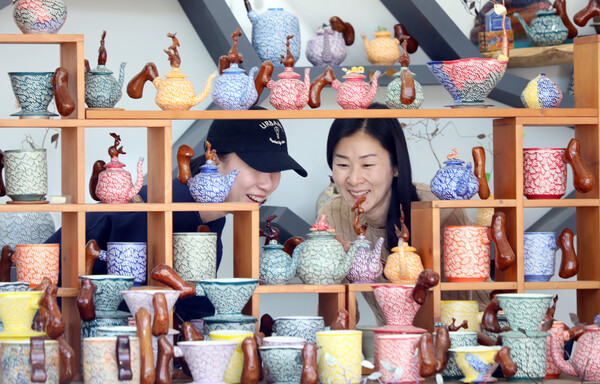
The Icheon City of the Gyeonggi Province has a long history of pottery and ceramic culture. The fact that pottery was made in Icheon can be confirmed by artifacts excavated from Hyoyang-san Mountain, Jangdong-ni Villlage and the Seobong Mountain Fortress. Large jars and pots, much older Mumun earthenware, fragments of prehistoric earthenware, and tile and pottery from the Three Kingdoms Period of the Korean Peninsula were also unearthed in these 3 areas.
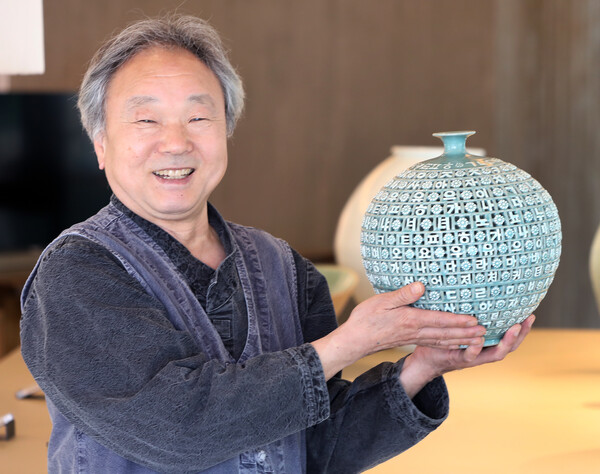
Thus, Icheon has a historical background of active earthenware production since at least the Bronze Age, and traces of the Three Kingdoms earthenware culture remain as it was a center of hegemony during the occupation of the Baekje Kingdom and the Goguryeo Kingdom, and later during the Three Kingdoms Period.
In the New Book of the New Eastern Countries, published in the 25th year of King Jungjong (1530), pottery is listed alongside white jade as a specialty of Icheon Dohobu (office of the magistrate).
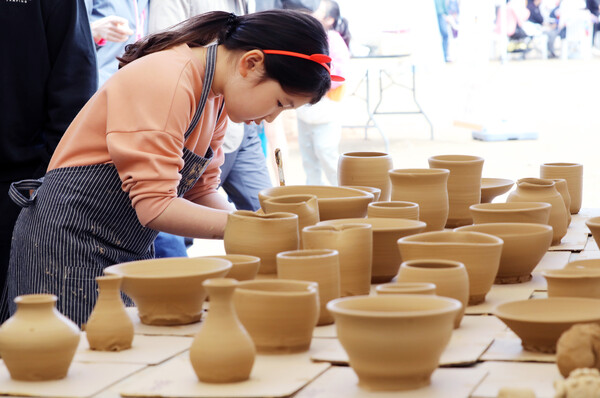
Sites that support the production of ceramics in the Joseon Dynasty include Saeum-dong (Sagimak-gol), Haewol-li, Maok-san, Gwan-ri kiln, and Jumal-gamateo. Sagimak-gol, in particular, used to have five kilns.
The existence of lacquerware kilns cannot be overlooked for the development of Icheon Pottery in the modern sense. Just as celadon, Buncheong, and white porcelain have developed and declined according to the circumstances of the times. There were two kilns in the area of Sugwang-ni in Sindun-myeon, Icheon-si, which produced black-colored pottery called lacquerware.
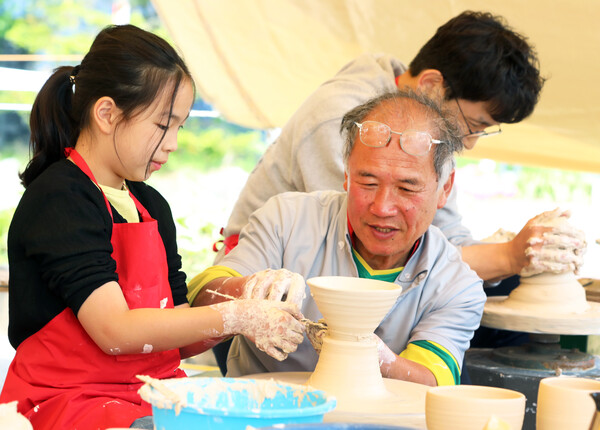
Meanwhile, the Korea Institute of Sculpture and Culture and the Korea Institute of Fine Arts, founded in 1955 and 1956, respectively, endeavored to reproduce the Goryeo Celadon and Joseon White Porcelain, but it is said that financial difficulties forced them to close their doors after a few years.
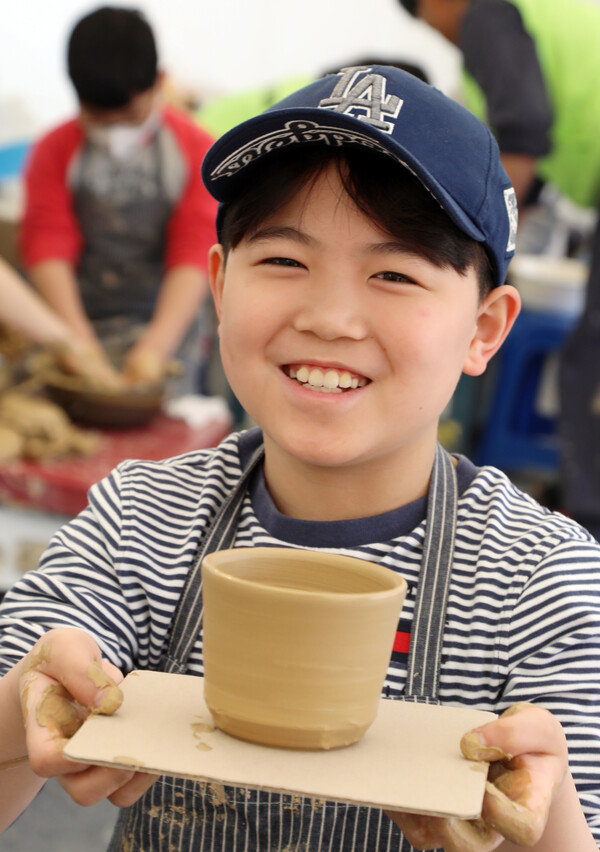
As a result, potters who worked at these two institutes naturally moved to Icheon, and universities in the region also gathered to study and practice ceramics in Icheon, which is geographically close to Seoul and has a strong tradition of ceramics.
The combination of existing potters and those who had moved from Seoul led to a significant revitalization of the ceramic culture in the Icheon area, but as demand for tableware made of new materials such as plastic declined, kilns were closed one by one, with only one or two remaining to keep the industry alive.
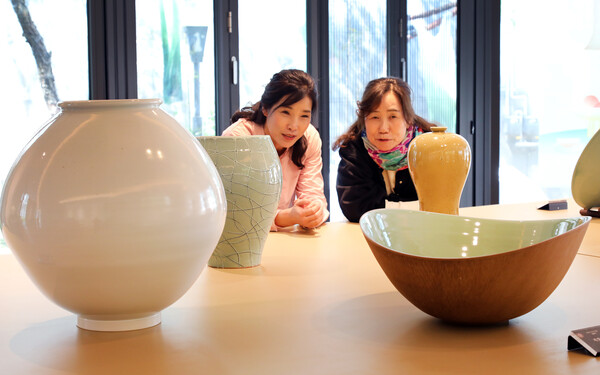
However, when the Korea-Japan Agreement was signed in 1965 and Japanese citizens were allowed to visit Korea freely, the demand for traditional ceramics skyrocketed, and the kilns revitalized their production. The traditional ceramics industry in Icheon, which had boomed under the Japanese for about a decade, gradually began to revive after the deterioration of Japan-Korea relations following the 1974 First Lady shooting incident.
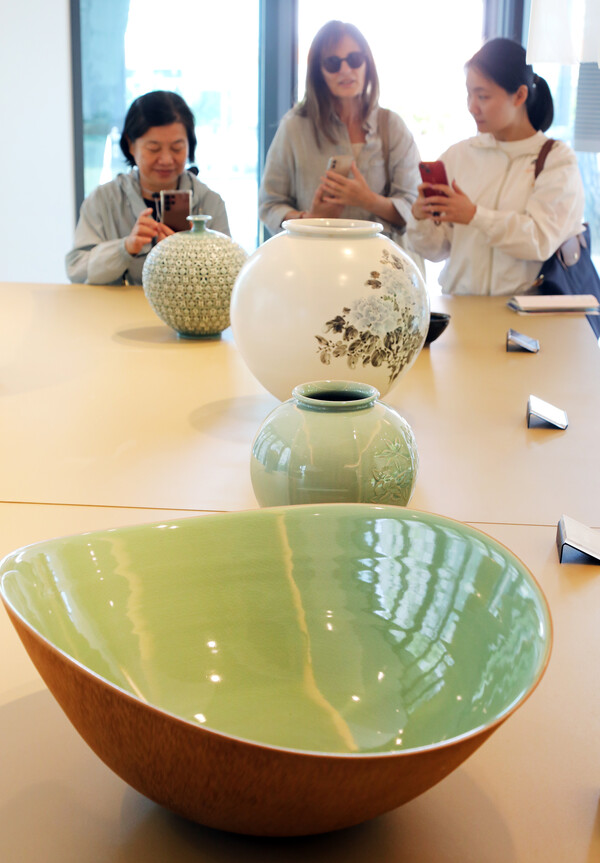
If you look at the trend of kiln establishment until 1988, there were only nine kilns established before 1975: two before the 1960s, two from 61 to 66, one between 66 and 70, and four from 70 to 75. From 1976 to 80, a whopping 18 kilns were opened in five years, from 81 to 85, 28 kilns were opened again, and from 86 to 88, 27 new kilns were opened in just two years.
Since then, Icheon has clearly established itself as a major producer of traditional Korean ceramics. With the establishment of the Korean Traditional Ceramics Association in April 1981, the association became more organized and held annual member exhibitions to promote the activities of the potters and to expand the popularity of ceramics.
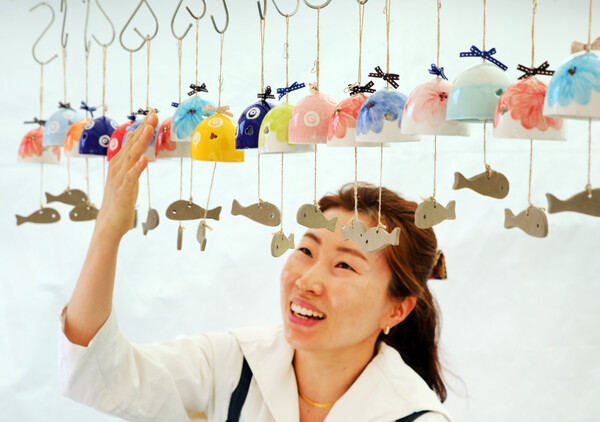
In addition, the Icheon Ceramics Association was established in April 1995 with the purpose of internationalizing the Icheon Ceramics Festival, which began in September 1987, and developing the Korean ceramics industry. These efforts have revitalized the Icheon Ceramics Festival, which has provided an opportunity for people at home and abroad to learn about the history and traditional beauty of Icheon's ceramic culture, and made it possible to host the World Ceramics Expo.
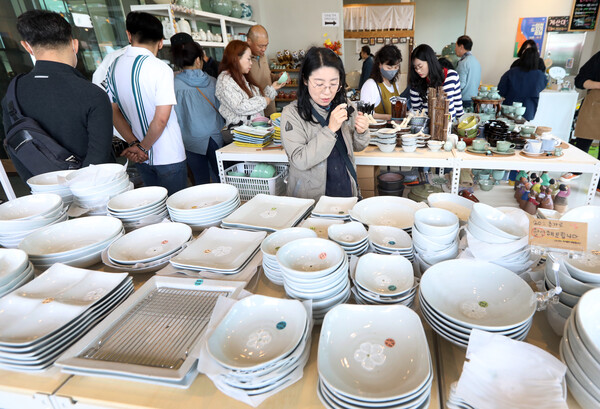
Now in its 38th year, the Icheon Ceramics Festival is busy organizing a program that is even more upgraded than that of last year.
The Icheon Ceramics Festival boasts the largest ceramics festival in Korea and has a reputation as a representative cultural festival of Korea.
While most other festivals of similar size invite professional planners and directors to prepare and run the festival, the people who prepare and run the program are all potters and citizens.
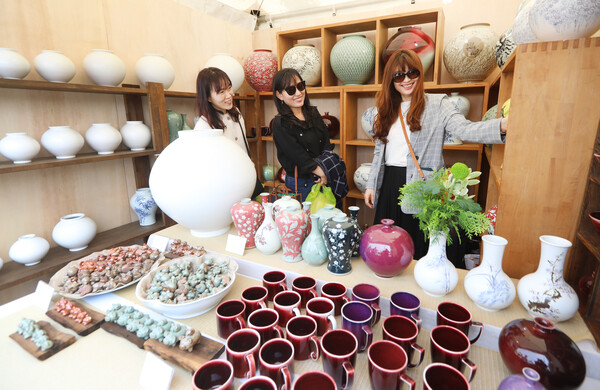
The potters and the many citizens who participate in the festival go through a process of collecting opinions several times a day, and recruitment is done through an open call.

This year's Icheon Ceramics Festival is accepting applications for participation through recruitment announcements in all sectors, including exhibitions, experiences, and performances, and has strengthened the exhibition part that was disappointing last year to include new contents such as high-quality planned exhibitions, artwork exhibitions (masterpiece exhibition, contemporary art exhibition), public auctions, collaboration products limited to the festival site, eco-friendly upcycling pop-up stores, and unique ceramic experiences.

